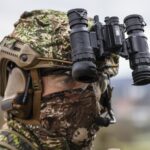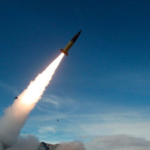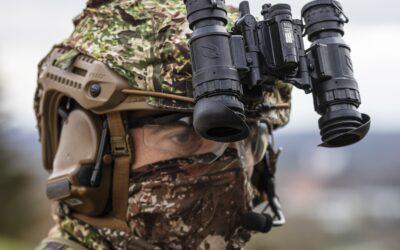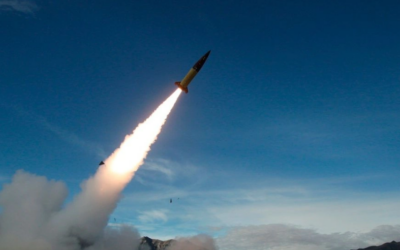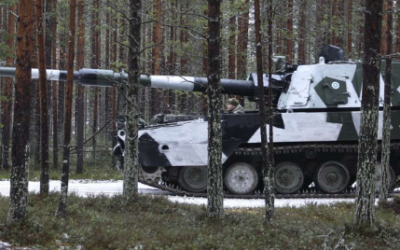As part of its quest to boost weapons production, the US Army is reestablishing TNT production on US soil, inking a deal to build out a…
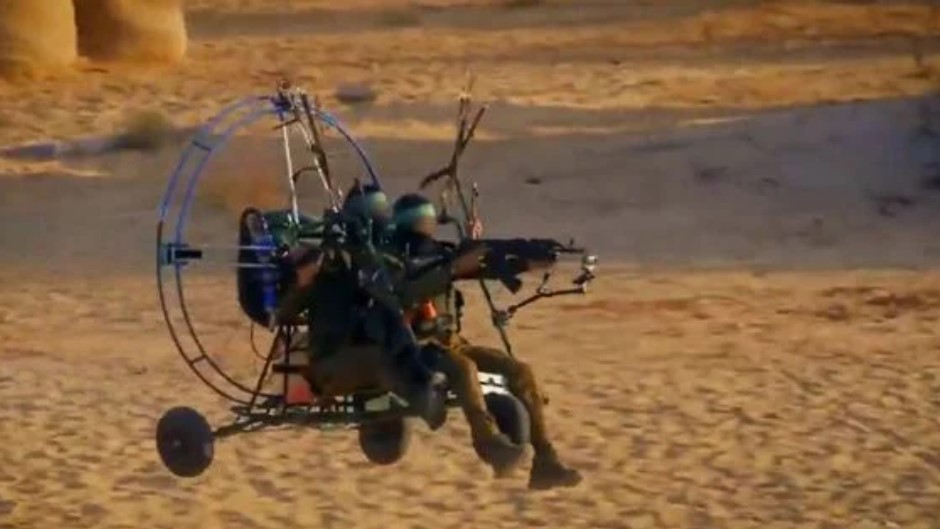
Palestinians used paragliders to breach the borders of Israel on October 7, marking the first known use of the tactic.
Hamas terrorists flew both twin- and single-occupant powered paragliders to enable fighters to enter the country and attack the Israeli security apparatus as part of the group’s wider attack along the border region.
The twin-person paragliders were of a seated trike configuration, with the rear occupant flying the aircraft and the armed front passenger positioned to rapidly disembark and assault the landing zone. The engine and propeller are mounted directly onto the pilot’s back in the single-person paragliders.
Videos posted online showed multiple powered paragliders being used in the attack, in what was just a first for Hamas and the wider Palestinian movement, yet not the first known military use of such aircraft globally.
Sri Lanka’s military said that it had shot down two Tamil Tiger insurgents’ planes that had previously launched an air raid on the capital Colombo.
Security experts had stated that till then the force of single-engine propeller airplanes flown by the Liberation Tigers of Tamil Eelam (LTTE) may be the only combat air fleet operated by an insurgent group or any group on US and EU terrorism lists.
After several attacks, the Air Force said it had shot the aircraft down, which the rebels denied. No evidence has been made public by either side. The preceding failure of Sri Lanka’s Air Force to catch the small planes despite vastly superior air power had long been a source of embarrassment and frustration.
Sri Lanka’s military has said that the Tigers were flying three single-engine Zlin-143 light aircraft, believed to have been smuggled onto the island in pieces. During a rapid military advance that has now hemmed the Tigers into 87 sq km, troops found at least seven airstrips, but no planes.
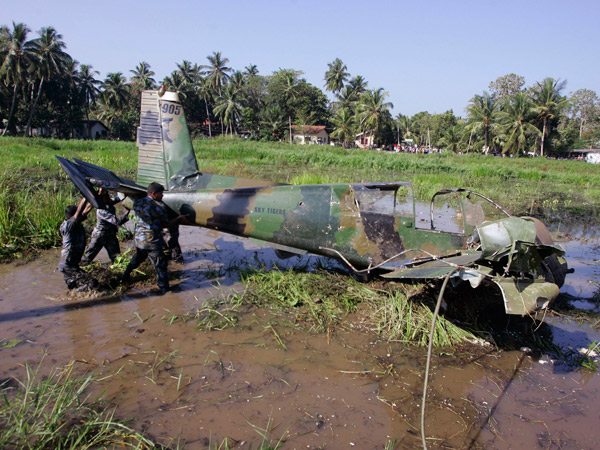
The Zlin-143 has a small profile that makes it easy to fly at a low level to avoid radar detection. Since the military has put up anti-aircraft radar and stepped up combat air patrols, the rebels have usually kept their flights short.
That has enabled them to strike and then land in camouflaged jungle hideouts before Air Force jets can intercept them.
READ MORE
Ticonderoga | The US Navy is extending the operational life of three cruisers
The US Navy has announced that it is extending the operational life of three Ticonderoga-class cruisers. The decision will…
Sea Warden | MBDA’s system to counter unmanned threats at EURONAVAL 2024
At the EURONAVALl 2024 exhibition, MBDA presented Sea Warden, a modular anti-drone system adapted to the naval environment that integrates…
THEON International | New orders amounting to €74 million having already exceeded €150 million in the 4th trimester
THEON INTERNATIONAL PLC (THEON) announced additional orders for the month of November. As a result of the…
UN | Iran has increased uranium enrichment to near weapons-grade levels
Iran has further increased its stockpile of uranium enriched to near weapons-grade levels, defying international pressure, according to…
Brazil | Arrests of military and police officers for plotting the assassination of President Lula
Brazilian police have arrested five officers accused of plotting a coup which included plans to overthrow the government following the…
Sweden | Leaflets with survival instructions in the midst of the Ukrainian crisis
Sweden started sending out five million leaflets to the country’s residents yesterday, urging them to prepare for a possible conflict…
Ukraine | The first ATACMS strike on Russian soil took place
The Ukrainian armed forces carried out their first strike on a border area within Russian territory with an ATACMS missile.
Finland | The first major NATO artillery exercise on its territory
The exercise is taking place in northern Lapland and is part of wider artillery exercises, which have been dubbed ‘Dynamic Front 25…









